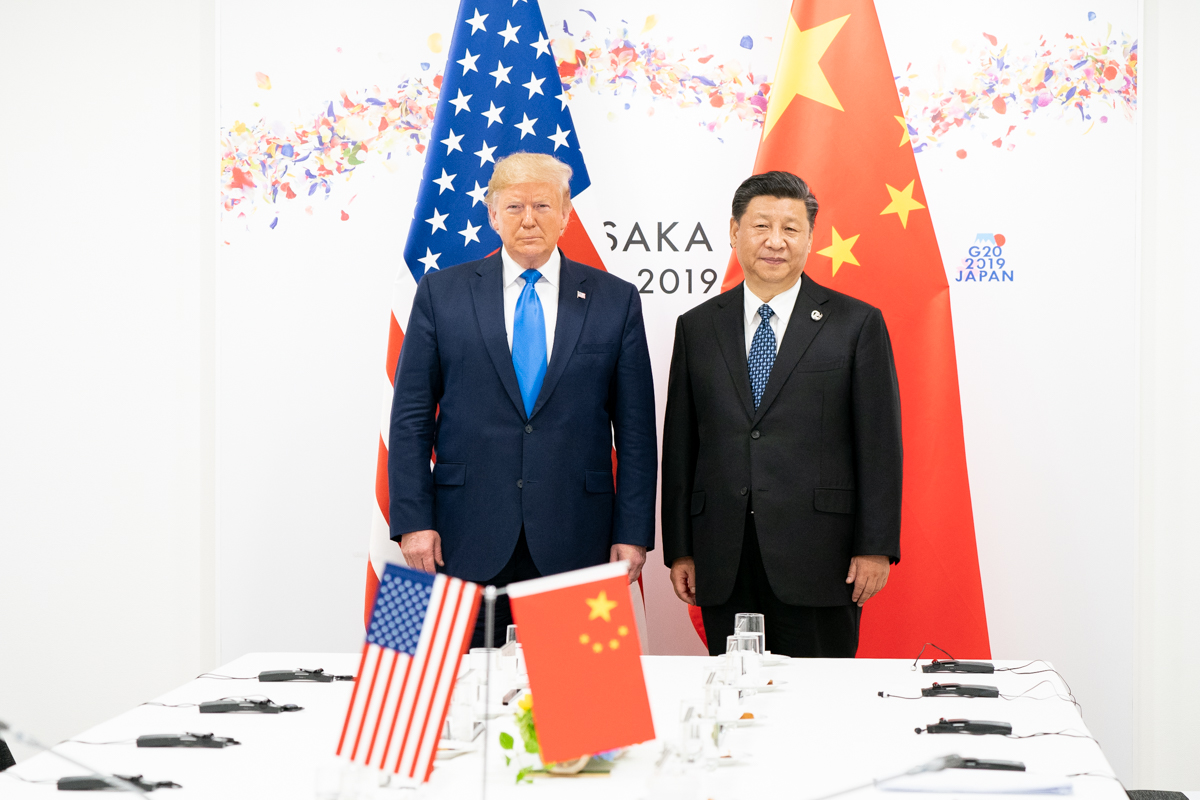
The United States, China and the European Union account for one half of the world economy.
With the magnitude and scope of their trade and financial flows, those three large economic systems are fully capable of setting the pace of global business cycle dynamics – especially if they effectively coordinate their demand management policies.
Unfortunately, the policy coordination issue is an old pious wish, despite the fact that the G-20 had been set up precisely for that purpose.
So, as always, the U.S. will continue to be the pace-setter of the global economy at the cost of its half-a-trillion dollar trade deficits serving as net contributions to jobs and incomes in the rest of the world.
The U.S., however, is in no position to do that, but that is the price it has to pay for its failure to organize an appropriate burden sharing of running the world economy with its main trade partners.
With its huge budget and trade deficits, its soaring public debt and alarming deterioration of external liabilities, Washington has no room for tax cuts or higher public spending. All it’s got, figuratively speaking, are the Federal Reserve’s printing presses – as long as the expected cost and price outlook allows the central bank to keep reasonably anchored inflation expectations.
Luckily, that’s what the Fed is looking at now.
The index measuring prices of consumption expenditures, excluding food and energy, has stabilized around an annual rate of 1.5%, comfortably below its 2% target range.
Unit labor costs, the key indicator of underlying inflation, are also stable. During the first nine months of 2019 they came in at an annual rate of 1.9%, roughly identical to readings observed over the previous two years.
The latest business surveys show the same picture of stabilizing or even weakening prices in recent months. And those surveys don’t indicate disruptions of global supply chains in the wake of widespread trade disputes.
Bond markets seem to agree by reflecting stable inflation expectations. The Fed, therefore, has the option to respond with further easing in case of weakening demand and employment creation.
China, for its part, could also help to support the world economy because it is reducing its reliance on exports and generating most of its economic growth from household consumption and investments.
Beijing’s trade balance turned negative last year, while its large tax cuts, reportedly amounting to 2% of GDP, contributed nearly 1 percentage point of economic growth.
Those tax cuts are part of fiscal reforms scheduled to continue this year, too. At the same time, China’s monetary authorities announced an appropriately easy credit stance to support aggregate demand, a transition to sustainable long-term growth and structural reforms of the financial sector.
Europe is a big disappointment. The euro area, the core component of the European Union, is failing to implement an expansionary monetary-fiscal policy mix that would prop up its sluggish economy and contribute to global demand and employment.
And yet, with the exception of Greece and Spain, most euro area members could, to a varying degree, ease their fiscal stance.
Germany, with its overflowing government coffers and the world’s largest trade surplus, should lead that process. But its governing coalition is in disarray and struggling with large public sector investment backlogs in transportation, education and healthcare.
The bottom line for Berlin seems to be that it will continue to live off its trade partners instead of contributing to stronger economic growth and increasing jobs in Europe and in the rest of the world.
Washington is looking at that with puzzling indifference to a quarter of its exports and a 10% increase in its trans-Atlantic trade deficit during the first eleven months of last year.
The progress being made with China on trade adjustment and economic reforms should serve as an example of similar changes in Washington’s relations with the European Community.
And apart from insisting on economic policy coordination with its main trade partners, the U.S. should also pay more attention to one-third of its economy consisting of export and import transactions with the rest of the world. That external sector has a direct bearing on growth and employment, public debt and the dollar’s exchange rate.























